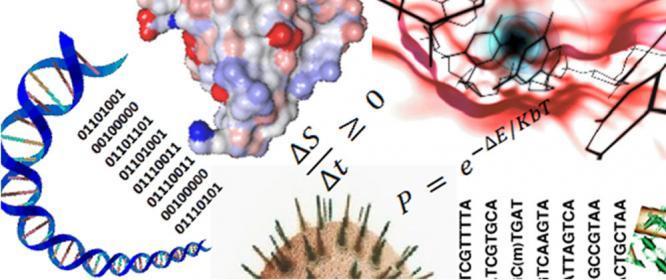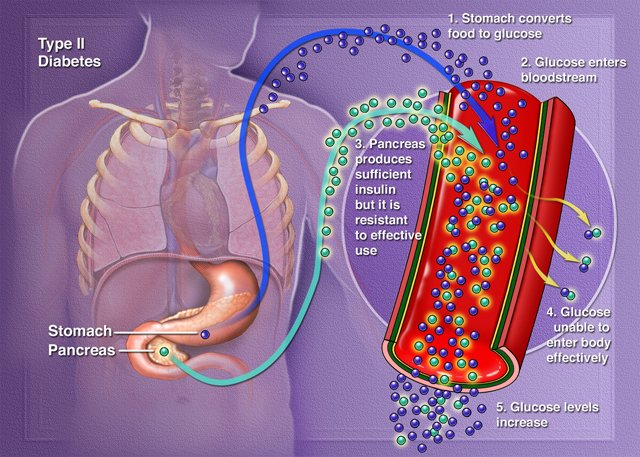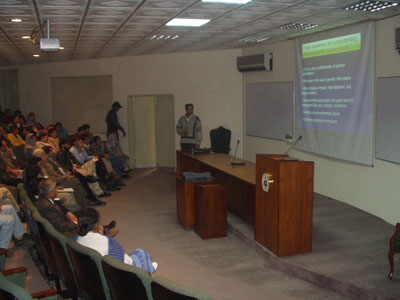
Uncategorized
The cornea is the clear front of the eye and its clarity is important for the transmission of light to the retina for visual perception. The corneal surface is composed of an epithelium that is renewed by stem cells located at the periphery of the cornea, in a region known as the limbus. These so-called limbal stem cells can become deficient or dysfunctional as a result of many causes including chemical and thermal burns to the eye, hereditary causes such as Aniridia and Ectodermal Dysplasia, inflammatory diseases such as StevensJohnson Syndrome and Mucous Membrane Pemphigoid, and iatrogenic causes such as radiation therapy and topical chemotherapy. In the resulting disease of of Limbal Stem Cell Deficiency the corneal epithelium cannot be maintained resulting in chronic epithelial defects and the surface becomes replaced by the conjunctival epithelium and its blood vessels which surrounds the cornea and limbus resulting in visual loss. Limbal Stem Cell Deficiency is therefore a painful and blinding disease. It is difficult to manage at the best of times.

Uncategorized
The complexity of biological system urgently demands computational models which can produce new understanding and new medicine. Keeping in view Khwarizmi Science society and Journal Club at IRCBM, COMSATS jointly presents a seminar on agent based modeling approach in Investigating Multiscale Tumorigenesis in the Warburg Effect.
Early stage tumorigenesis includes the formation of glycolytic cells in the tissue. However, the precise multi-scale processes underlying this transformation of healthy epithelial cells into tumorigenic glycolytic phenotypes, continues to be a matter of debate. In this work, we investigate this cellular transformation by using an agent based modeling approach and decode a multifactorial mechanism which upon triggering may lead to the onset of tumorigenesis

Uncategorized
Out of a total Pakistani population of 180 million, almost 18 million Pakistanis are suffering from diabetes. This alarming situation urges Dr. Wajih Bukhari to apprise the Pakistani population of the ins and outs of this deadly disease. Dr. Wajih Bukhari is a medical doctor and working as a Clinical research fellow at Griffith University, Queensland, Australia. He explains the causes of diabetes, its medical treatment and precautions. Different types of diagnostic tests are also discussed. This 60 minutes long series of digital board based lectures are a must watch for every Pakistani who wishes to know more about diabetes.

Uncategorized
Biomaterials are defined as materials that are used in medical devices or are in contact with biological systems. Their application can range from skeletal systems (bone implants, knee joints, dental implants etc), cardiovascular systems (stents, catheter, heart valve etc), organs (artificial kidney, heart lung machine, skin etc) and senses (contact lens, corneal bandage etc). The field of biomaterials uses ideas from medicine, biology, physics, chemistry, materials sciences, engineering, ethics, law and health care. Biomaterials are usually integrated into devices or implants hence the interdisciplinary aspect is important for progress. The field brings together researchers from diverse academic backgrounds. They must communicate clearly. Some disciplines that intersect in the development, study and application of biomaterials include: bioengineer, chemist, chemical engineer, electrical engineer, mechanical engineer, materials scientist, biologist, microbiologist, physician, veterinarian, ethicist, nurse, lawyer, regulatory specialist and venture capitalist.

Uncategorized
Biotechnology has affected different aspects of medicine in diverse ways from prevention to treatment. Great progress in new fields of medicine today, is due to recent developments in molecular biotechnology. Recombinant DNA technology or Genetic Engineering as basic tools of molecular biology has revolutionized medical science. The use of biotechnology in medicine is growing rapidly and is opening opportunities to develop new, more effective drugs and other therapeutics. Studying the genetics of humans is allowing us to understand what happens when genes go wrong in inherited diseases and to start to develop new therapies that treat the genetic cause, not the symptoms.





